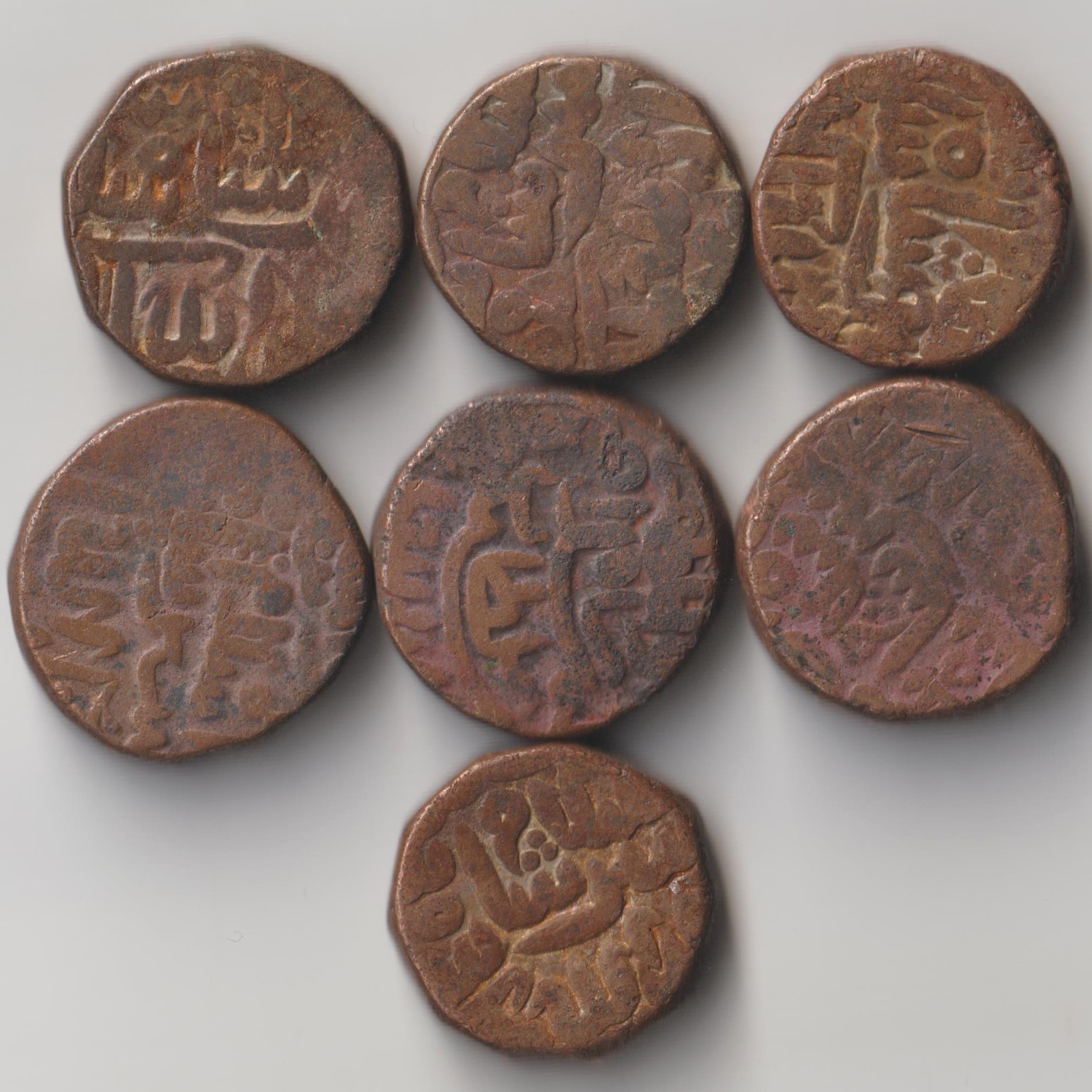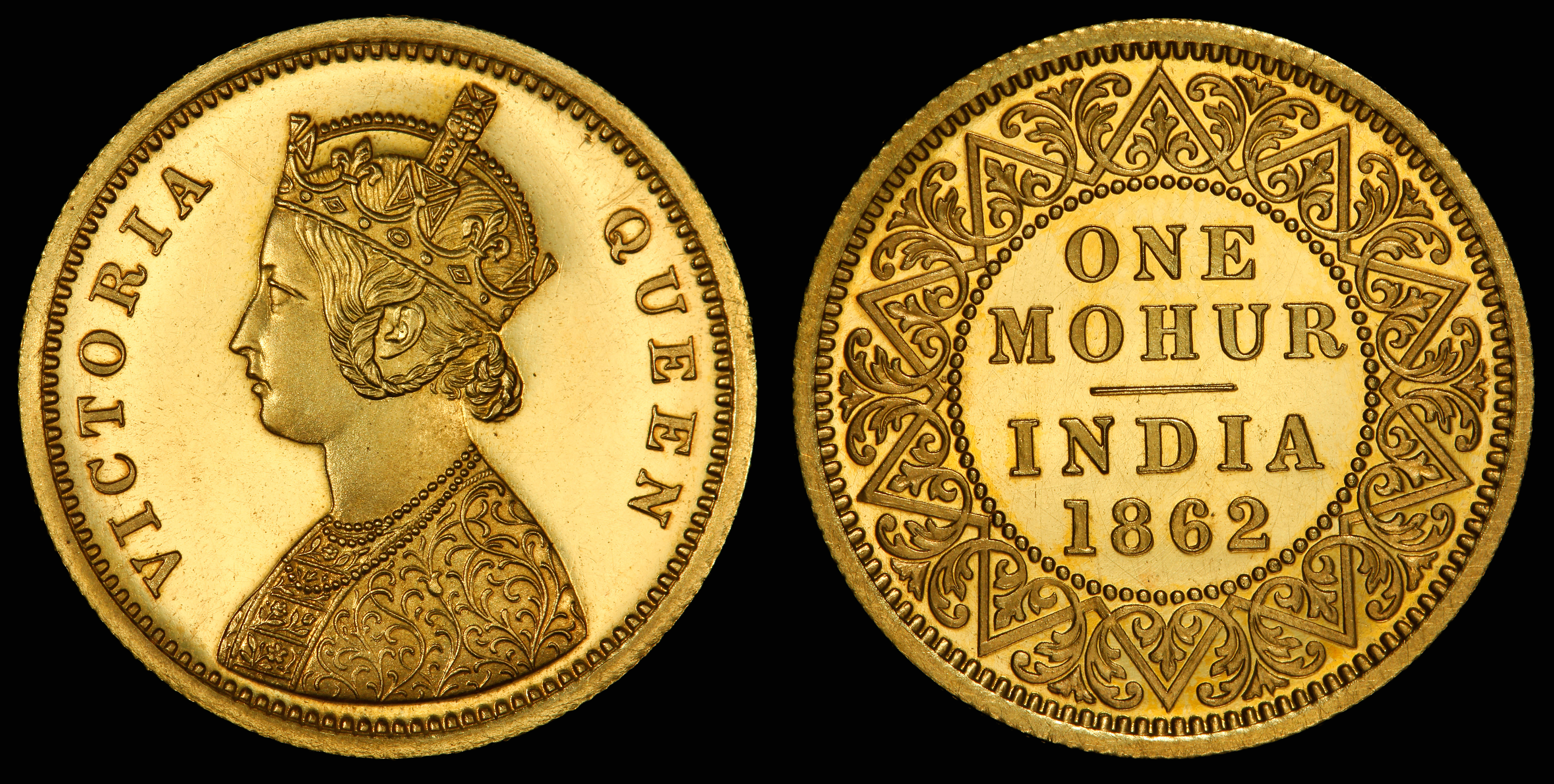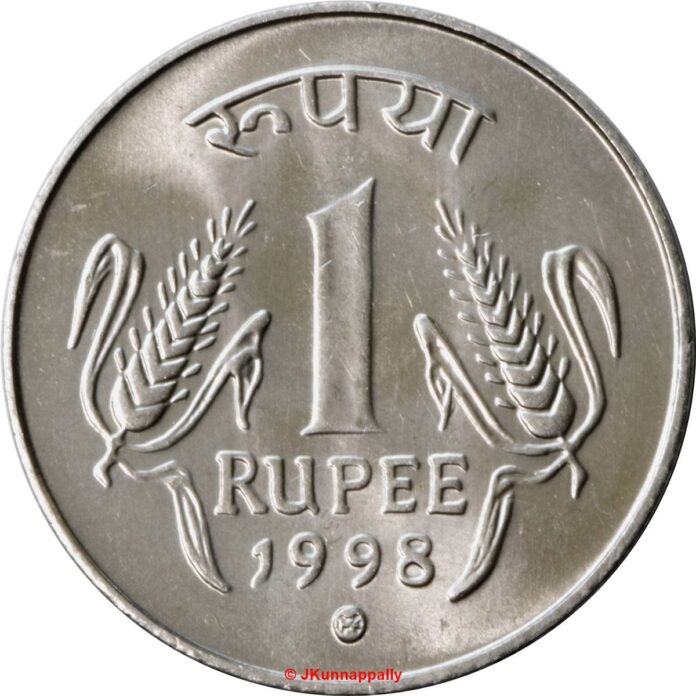The six-day Diwali festival, one of India’s most eagerly awaited celebrations, starts with Dhanteras on October 29. During Dhanteras, people traditionally bought silver and gold items considered auspicious. Coins were one of the most popular purchases during this time. Coins have been used for thousands of years, not only as currency but as offerings in religious rituals. They are deeply intertwined with traditions and customs, especially during festivals like Diwali. Coins represent prosperity and luck, and their significance has been cherished for centuries. Let’s explore coins’ historical and cultural journey, their evolution, and their particular role in rituals. Notably, the Re 1 coin is often included as a ‘shagun’, a token of good fortune.
The Origin of Coins
Coins trace their origins back nearly 4,000 years to the Babylonian civilization of Mesopotamia, where they were first used as a medium of exchange. The early coins were crafted from various metals, but King Croesus of Lydia, in what is now Turkey, introduced coins that became widely recognized. The Lydian Lion, regarded as the world’s oldest known coin, was created around 600 BCE. This 4.7-gram coin was silver and gold and featured a striking image of a lion’s face. It marked the beginning of a new era in commerce, simplifying trade and bringing consistent value to goods and services.

Coins in Ancient India
In India, coins have a rich history that stretches back even before the Maurya dynasty, with evidence of metal coins found in the Harappan culture. The earliest Indian coin was called ‘Pana’ and was discovered in Barh Nagar near Gorakhpur in Uttar Pradesh. This coin bore the images of an elephant on one side and a tiger on the other, indicating the artistic and cultural significance attached to currency even in ancient times. Silver coins were known as ‘Rupaka’, while gold coins were called ‘Dinar’, reflecting early India’s diverse economic and cultural landscape.

The term ‘rupee’ was introduced by Sher Shah Suri in 1545, giving birth to the name that continues to be used for India’s currency today. During his reign, coins were issued to establish uniformity and facilitate trade. Later, kings across India customized their coins, often engraving their images and symbols like animals and birds, to signify their power and authority. These coins became historical markers, reflecting the socio-political landscape of their times.

Coins as Symbols of History
Coins are more than just currency; they are symbols of history, with their engravings narrating tales of different eras, rulers, and cultural transformations. Historian Dr Amarjeev Lochan notes, “Coins show power. They also show the time and place because the year and some places are engraved. It is also the face of society.” During the British colonial period in India, coins bore the images of the British monarchs, reflecting the foreign domination of the time.

However, with independence in 1947, India began minting its coins, symbolizing newfound sovereignty. In 1950, the newly issued coins included various denominations such as two annas, ten paise, 20 paise, 25 paise, and 1 rupee. The Re 1 coin featured the lion and the Ashoka Pillar—symbols of India’s heritage and strength.
Coin Production in Modern India
Today, coin production in India is centralized in four mints: Mumbai, Hyderabad, Kolkata, and Noida. Each mint has its unique identity, marked by distinct symbols on the coins. Coins minted in Mumbai can be identified by a diamond symbol or the letter ‘M’ beneath the year. Those produced in Kolkata bear no symbol, while Hyderabad coins are marked with a star or a dot within a diamond shape. A simple dot beneath the year distinguishes Noida coins. These markings identify the place of origin and signify the meticulous craftsmanship and regulated production process of India’s currency.
The Presence of Maa Lakshmi on Coins
On Dhanteras, the market is flooded with coins bearing the image of Maa Lakshmi, the Hindu goddess of wealth and prosperity. This tradition of depicting deities on coins dates back to ancient times. The first coins featuring Maa Lakshmi were issued in 1719 during the rule of the Kushan dynasty. Subsequently, the Gupta dynasty, Vijayanagar King Harihara II, and Muhammad Ibn Sam also issued coins featuring religious symbols, particularly those representing wealth and divinity. Today, coins with Maa Lakshmi’s image are popular purchases during Diwali, as they symbolize the invocation of blessings, prosperity, and good fortune.

The Auspicious Re 1 Coin
Among all denominations, the Re 1 coin is special in Hindu culture. It is often attached to any monetary gift, known as ‘shogun’, to symbolize good fortune and completeness. Whether the gift is Rs 101, Rs 501, or even larger sums, adding a Re 1 coin is believed to make the amount indivisible, representing enduring prosperity.

In Hindu beliefs, zero is considered incomplete or inauspicious, whereas adding Re 1 signifies wholeness and positive energy. The Re 1 coin is believed to contain the blessings of Goddess Lakshmi, making it a powerful symbol of wealth and stability. This practice highlights the cultural importance of even the smallest denominations, showcasing how coins are more than mere currency—emblems of goodwill and lasting relationships.
Coins as an Integral Part of Diwali Celebrations
The connection between coins and Diwali extends beyond mere economic activity and is deeply rooted in cultural and religious practices. On Dhanteras, people purchase coins made of precious metals, believing it will bring prosperity into their homes. These coins are also used in various religious rituals, including Lakshmi Puja, symbolising wealth and abundance. The coins are offered to Maa Lakshmi in prayers, reinforcing their spiritual value. Families pass down these coins through generations, preserving their material worth and their sentimental and cultural significance.
In conclusion, coins have been an integral part of human civilization for thousands of years, playing a crucial role in economic transactions and cultural and religious practices. From the early days of the Babylonian civilization to the intricate and symbol-laden coins of ancient India, they have always held a special place in society.
In India, coins are not just pieces of metal; they are carriers of history, bearers of blessings, and symbols of prosperity. Whether it is the depiction of kings, gods, or national emblems, each coin tells a story. This Diwali, as people purchase coins on Dhanteras, they are not just buying metal; they are investing in a tradition of prosperity, history, and divine blessings that have been cherished for millennia.

